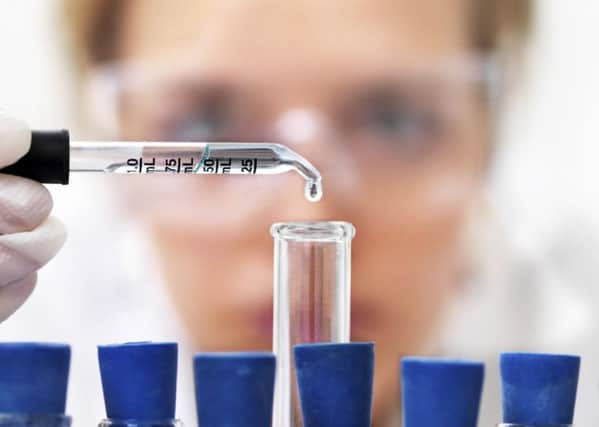Crab shell patch could mend broken hearts after heart attack


International researchers led by Imperial College London have created a material which can bridge a gap in the heart’s electrical signals caused by a heart attack.
A heart attack occurs when the blood to the heart is blocked and can cause long-term damage to the heart’s muscle.
Advertisement
Hide AdAdvertisement
Hide AdThis prevents it from pumping effectively, in a condition known was heart failure, which currently affects more than half a million people living in the UK.
Scars in the heart muscle can prevent the electrical signals that control the coordination of the heart’s pumping action causing heart rhythm disturbances (arrhythmias).
The new patch, which can be attached to the heart without the need for stitches, improves the movement of the heart’s electrical pulses across scarred heart tissue in rats, according to the study published yesterday in the Science Advances journal.
Professor Molly Stevens, a regenerative medicine expert who led the research team at Imperial College London, said: “For people who have suffered a heart attack and have heart failure, arrhythmias are a common and very serious problem, which this patch has the potential to help with.
“No stitches are required to attach it, so it is minimally invasive and potentially less damaging to the heart.”
The patch is made of chitosan, a chemical found in crab shells, as well as conductive material and a substance found in plants that can switch on the conductor.
Scientists hope the technology could also help advance work into using stem cells to regenerate damaged heart tissue.
They plan to test the patch on human tissue taken from failing hearts removed at transplant as well as mathematical modelling to try to predict whether the patch will have the same effects for a much bigger human heart.
Advertisement
Hide AdAdvertisement
Hide AdProfessor Jeremy Pearson, associate medical director at the British Heart Foundation, which helped to fund the latest research, said: “Although significantly more work will need to take place before we see this patch used in people, it is a highly novel way to try to enable the heart to function better after a heart attack.
“This research represents real hope for the hundreds of thousands of people in the UK who have had a heart attack and are at risk of developing heart failure.”